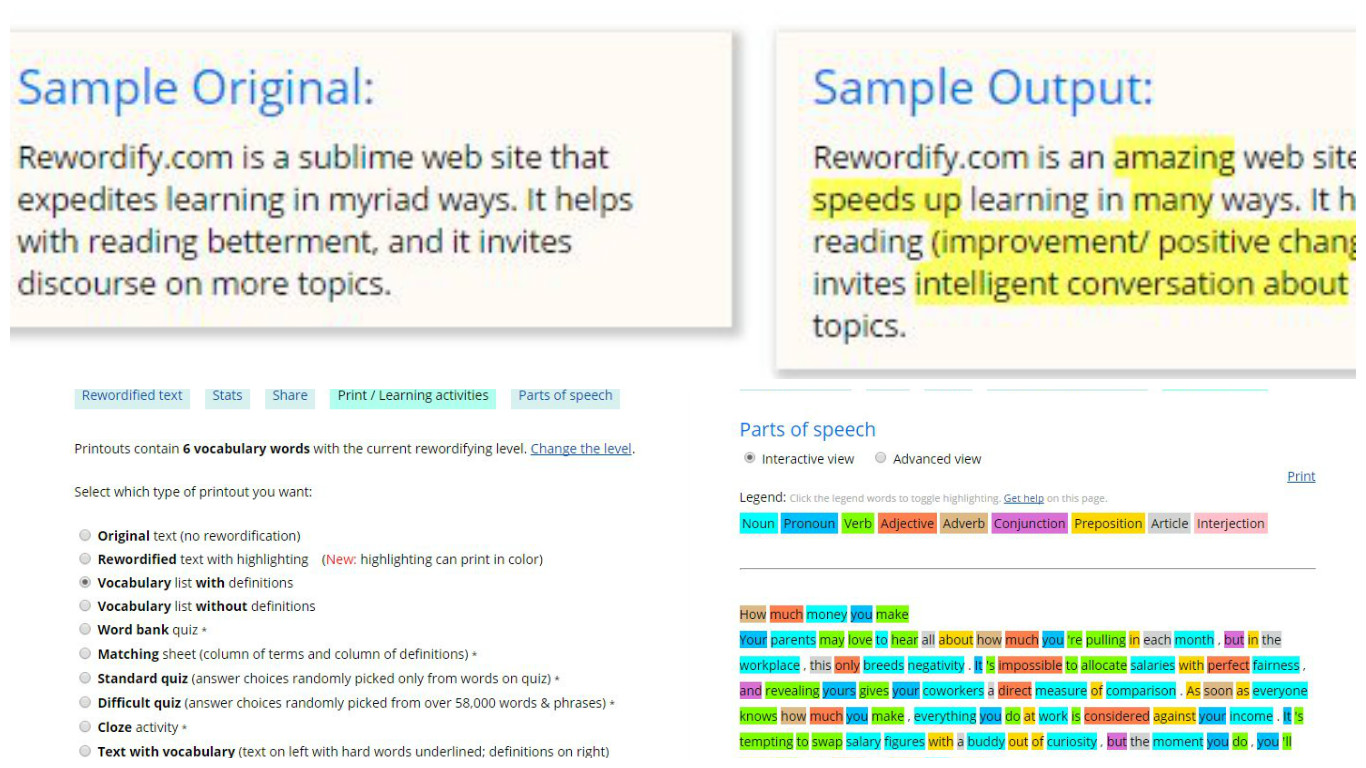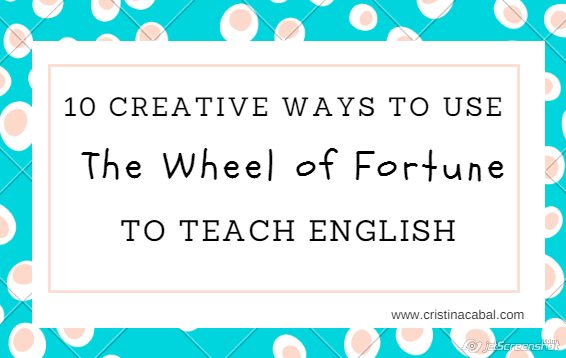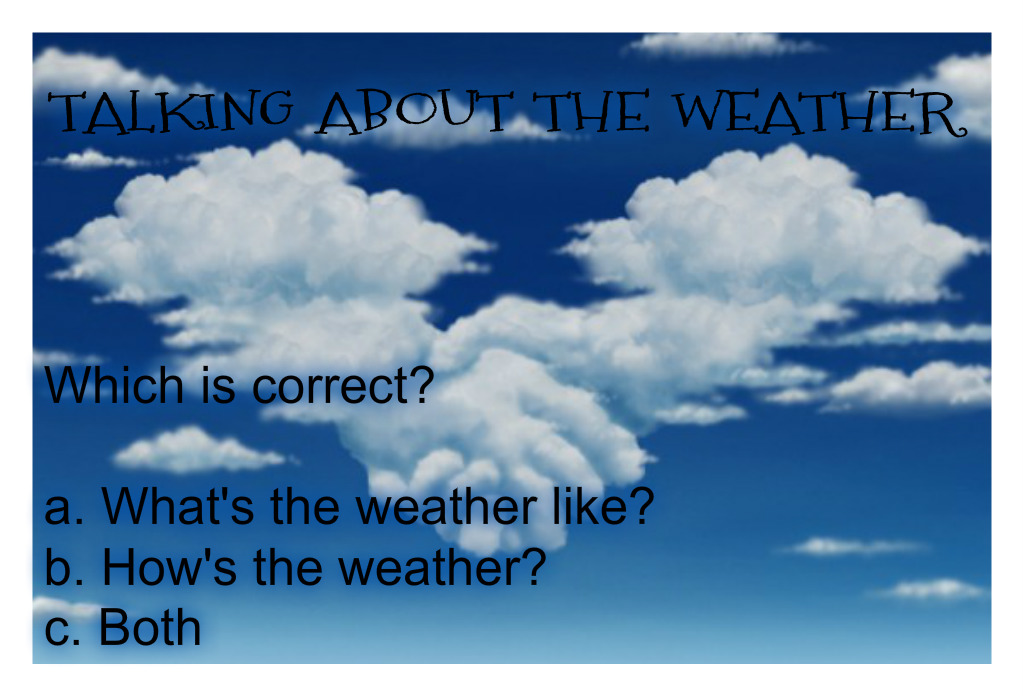This is a very simple communicative activity that works wonders because it is highly engaging, students love it and it is very productive. It takes 2 minutes to create and it is adaptable to any topic of discussion and suitable for all levels.

Aim: activating new vocabulary through discussion questions.
Levels: all
PROCEDURE.
- Easy peasy! Just go to wheeldecide.com and fill in one wheel with the target vocabulary and another one with the questions you want your students to discuss.
- Students in pairs
- Spin the wheel containing the questions and then, the wheel containing the word/ expression you want your students to use when answering the question.
- Student A has 2 minutes to talk about the question and use the target vocabulary. If he does, he scores a point.
- Spin the wheels again. It’s student B’s turn.
NOTE: When creating the wheel, go to the advanced section to choose colour and whether you want the option to be removed after it is landed on or not.
If you are a student and you’re preparing for exams or studying on your own, you probably have your own studying strategies, but I invite you to try this new one. I’m sure you’ll find it engaging and productive.
I ‘d like to thank Cristina Serafim for bringing wheeldecide to my attention.
Blog de Cristina is also on Facebook. Follow us!



